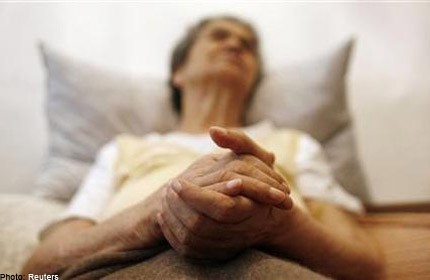About stomach cancer

Stomach or gastric cancer has few or no symptoms in its earlier stages. Because of this, most patients are diagnosed in the later stages.
Many patients are also reluctant to take the endoscopy diagnostic test for stomach cancer, said Associate Professor Jimmy So, a senior consultant in surgical oncology at the National University Cancer Institute.
Symptoms that may signal stomach cancer include appetite loss, unexplained weight loss and chronic abdominal pain.
While the exact causes are not known, risk factors include a diet high in salt and preservatives, a lack of vitamin C and a family history of stomach cancer, said Prof So.
Those infected with Helicobacter pylori, a bacterium associated with gastritis and gastric ulcers, are also at risk, he added.
Upon diagnosis, the treatment varies, depending on the condition of the patient. Early stage cancer patients can undergo endoscopic procedures, where a tube is inserted into the stomach via the mouth.
With the help of a camera and special endoscopic knives attached to the tube, the surgeon can cut out the affected layer, leaving the stomach wall intact.
The stomach is preserved and recovery is faster with no loss of normal stomach functions, said Dr Ang Tiing Leong, a consultant gastroenterologist at Changi General Hospital.
Not everyone is suitable for this procedure, though, he added. Only those who have precancerous lesions or early cancer that has not spread beyond the inner stomach lining are suitable candidates.
Those in the later stages of the cancer have to rely on surgery to remove part or all of the stomach, as well as chemotherapy or radiation.
Doctors estimate there is more than an 80 per cent survival rate when the disease is treated in stage one but this is whittled down to about 10 per cent in stage four. So early detection is important.
In Singapore, more than 600 people are diagnosed with it every year, and about 400 die from it. Stomach cancer is the No. 5 cancer among men and No. 7 among women here.
This article was first published in Mind Your Body, The Straits Times.